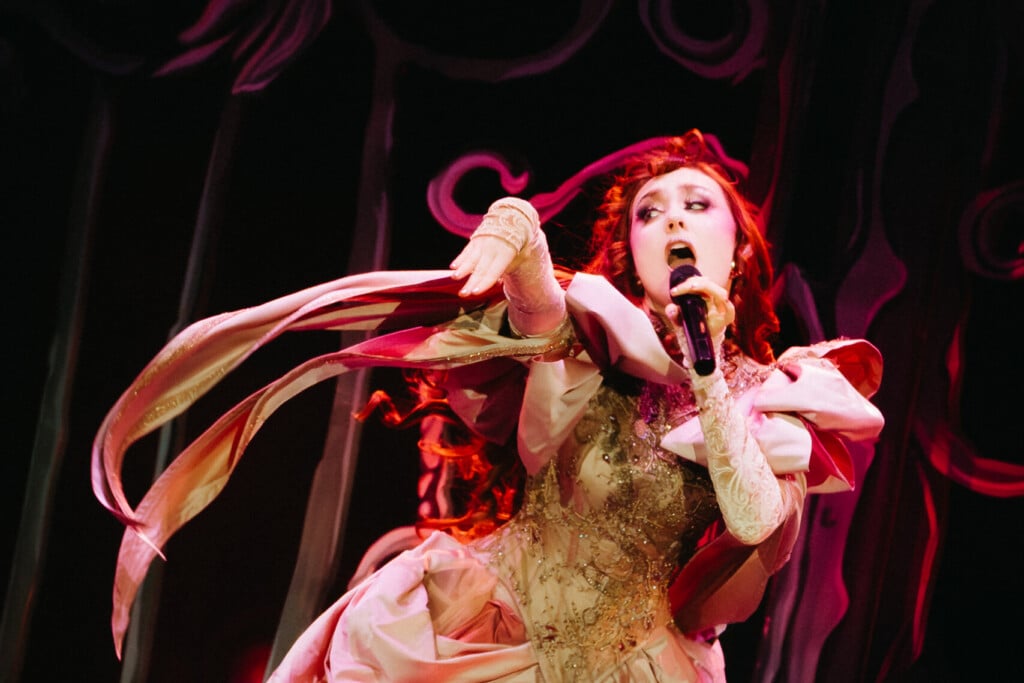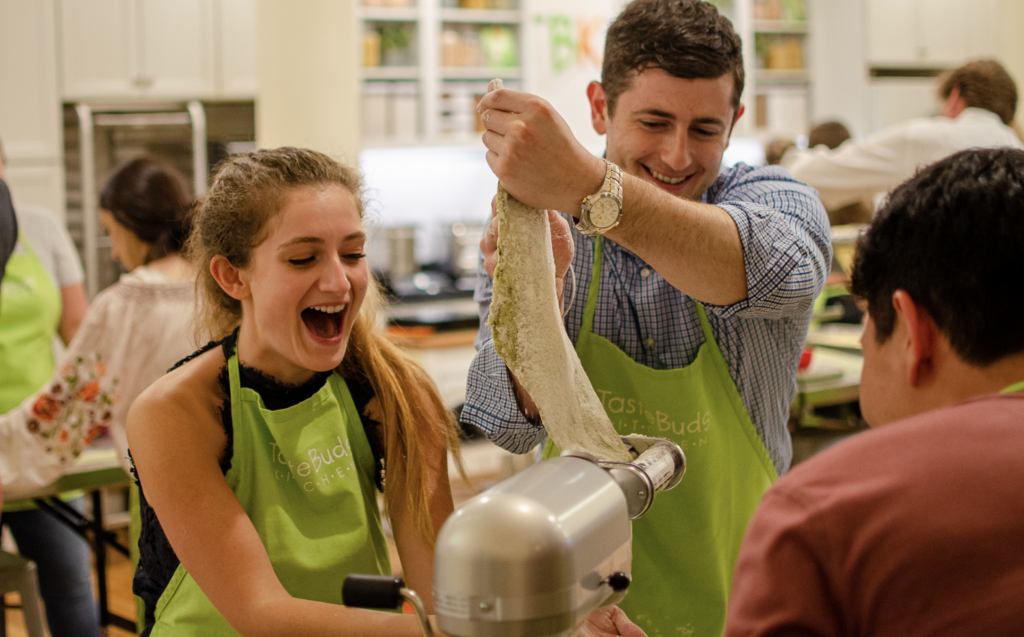Witchy Women
In Monty Python’s Quest for the Holy Grail, a mob of villagers drags a woman wearing a pointy hat to appear before a judge. In response to a chorus of “Burn her! Burn her!” the judge asks the villagers why they think she’s a witch. When one villager cries out, “She turned me into a newt,” the judge looks at him skeptically before the man adds a timid “I got better.”
Local witch Anne Montgomery laughs at this spoof and notes with remorse that, as hard as she’s tried to change people into newts, she’s never been able to do it. And Kim Oursler gets frustrated by accusations that witches are all about devil worship. “I totally believe in God,” Oursler says. Perhaps they’ll get some help dispelling those stereotypes from Wednesday’s showing of The Burning Times, a video about the European witch trials that resulted in between 60,000 and 9 million deaths (depending on whose numbers you trust). The movie examines the historical roots of prejudices that continue to vilify pagans.
Montgomery says the cartoonish image of the cackling woman in black dis-empowers people who “believe in nature and not the pope.” About 1,500 people attend the annual Heartland Pagan Festival in Leavenworth, and most of them come from this area. Montgomery takes pains to dispel the belief that pagans run around naked all the time.
“Some do and some don’t,” she says. “I’ve never done ritual nude; it’s not really necessary. Some people say it is, but I think they just wanna look at naked people.”
Montgomery and Oursler are “green witches,” meaning that they use plants and observe seasonal changes to engage in “conscious living.” Most of their day-to-day religious observance revolves around gardening. “Everything you do affects everything,” Montgomery says to summarize her understanding of what it means to be a witch. For example, green witches are conscious of what chemicals are in their toilet bowl cleaners because “it’s eventually gonna go somewhere else and do something else” — an environmentalist take on the belief that every action has a consequence, just as every toilet leads to a sewer.
Green witches make up only a small percentage of the local pagan community. Montgomery and Oursler participate in an all-women’s assembly — they don’t dance with sacrificial animals as in The Crucible, although they do dance around and jump over fires, which they say is quite fun. Members of the assembly go on camping retreats to hike, harvest plants, discuss their lives with one another and “do ritual.” Ritual incorporates song, dance, incense and water for purification.
Neither woman would say that across the board, witches aren’t bad. “There are bad people out there,” Montgomery points out, and witches are no exception. But, she adds, “a lot of people who believe the same things we believe might not call themselves witches because of the negative connotations.” Oursler admits that she still has some difficulty carrying the baggage of the word “witch” and the broomstick it rode in on.
But Montgomery has had years to get used to calling herself a witch. “Screw the negative connotations,” she declares. “We’re doing my definition.”




